Introduction to Chemistry
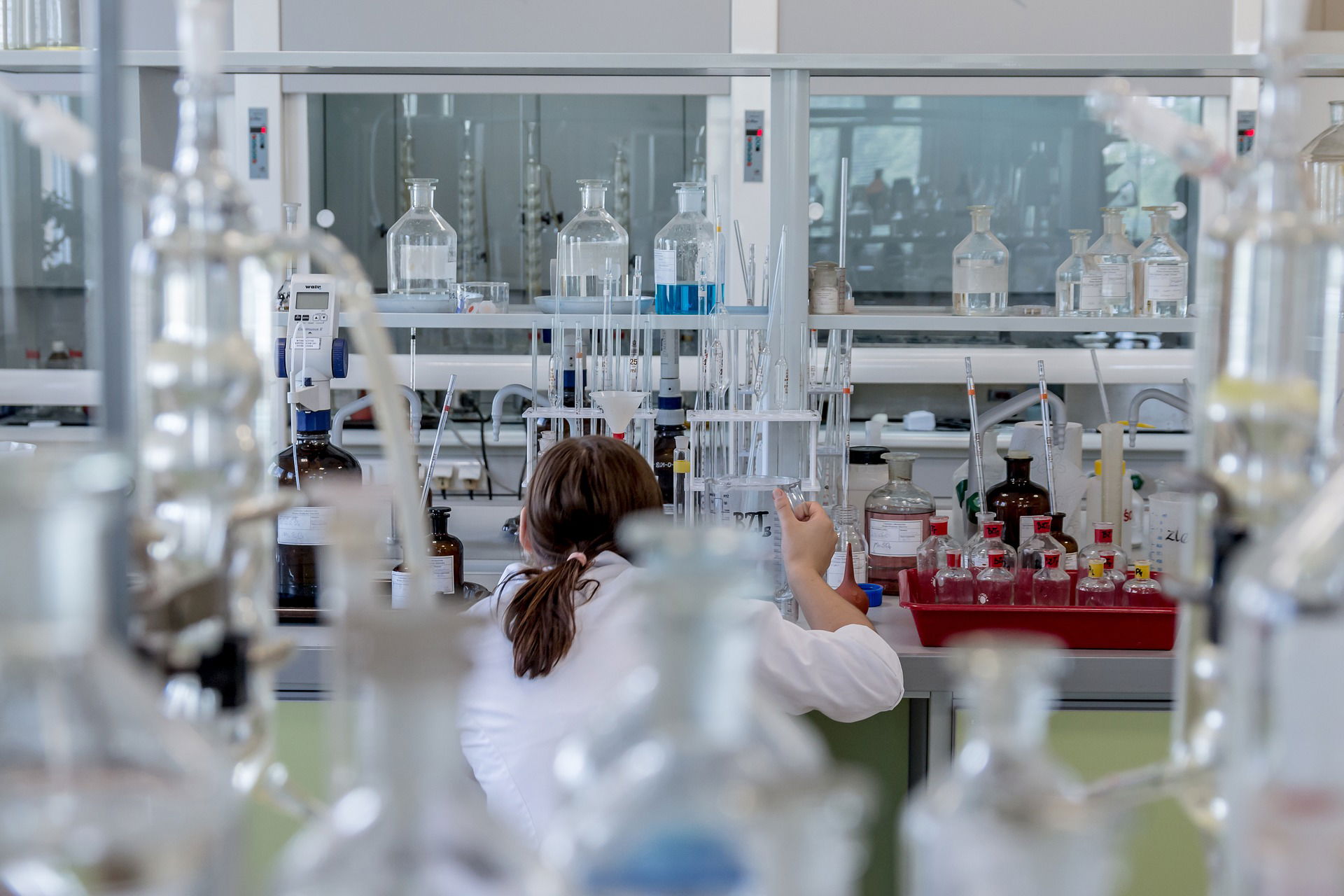
Chemistry is a natural science that covers the elements that make up matter to the compounds composed of atoms, molecules and ions: their composition, structure, properties, behavior and the changes they undergo during a reaction with other substances.
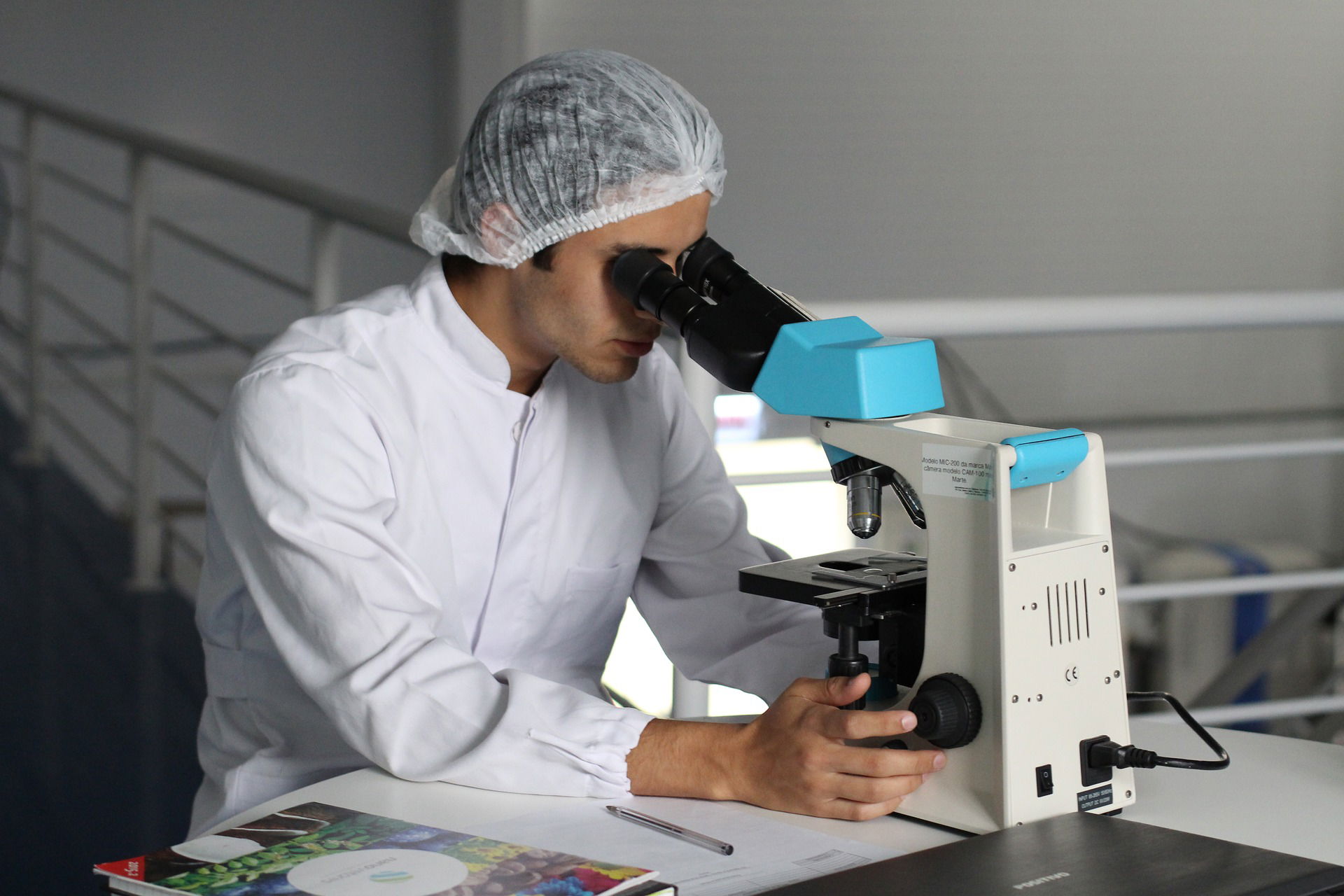
Chemistry is the scientific study of the properties and behavior of matter. It is a natural science that covers the elements that make up matter to the compounds composed of atoms, molecules and ions: their composition, structure, properties, behavior and the changes they undergo during a reaction with other substances.

In the scope of its subject, chemistry occupies an intermediate position between physics and biology. It is sometimes called the central science because it provides a foundation for understanding both basic and applied scientific disciplines at a fundamental level .
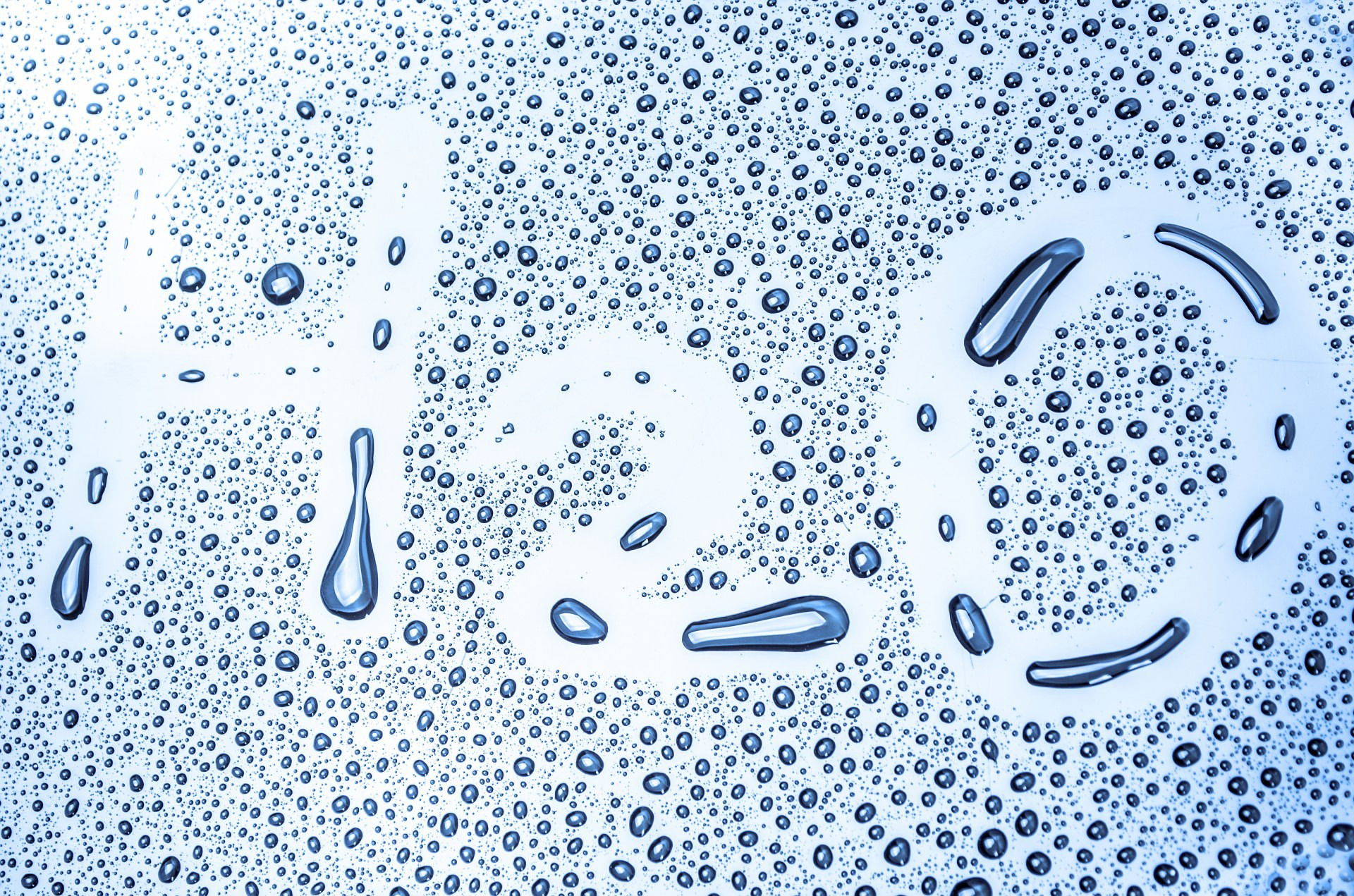
For example, chemistry explains aspects of plant growth (botany),
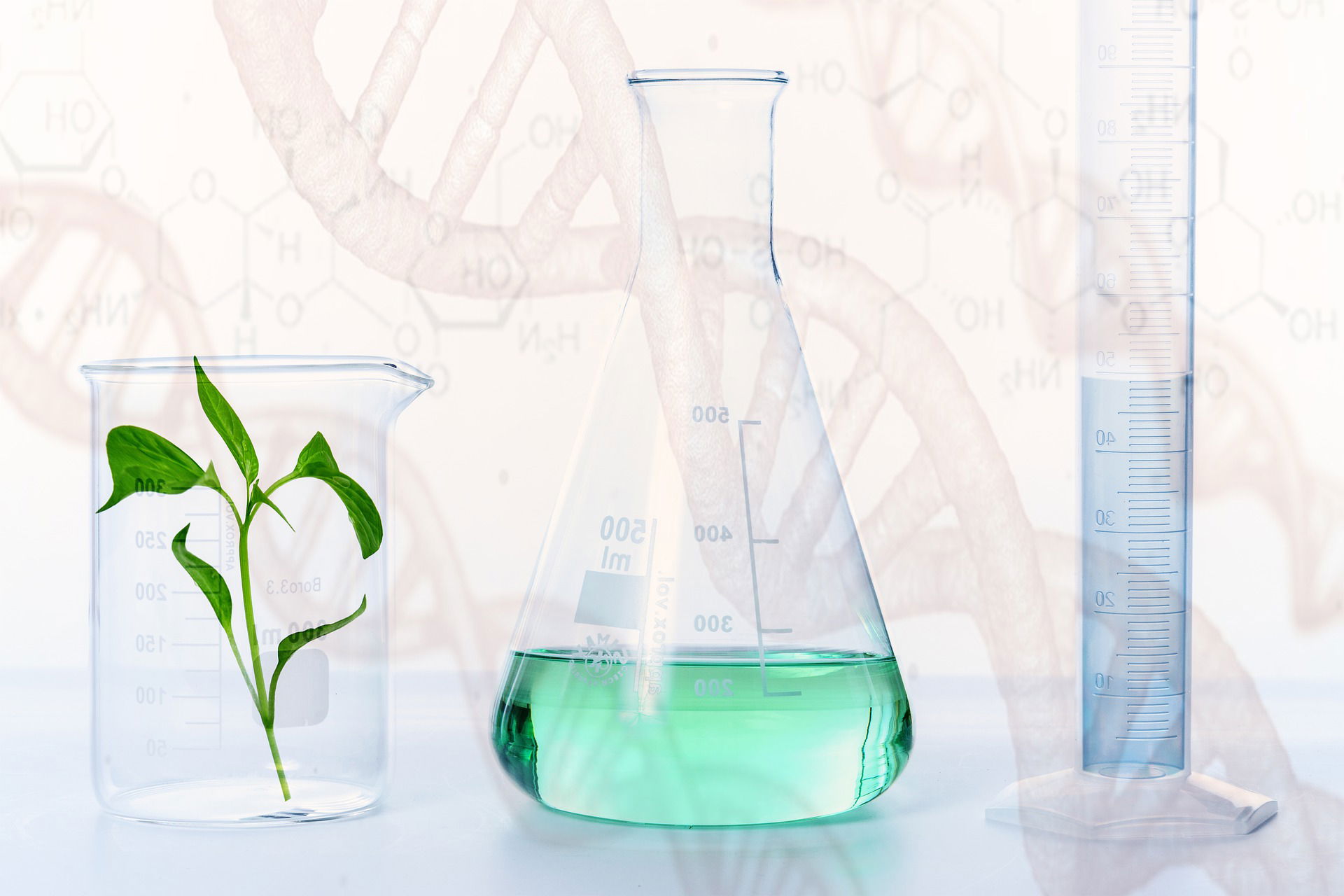
the formation of igneous rocks (geology),
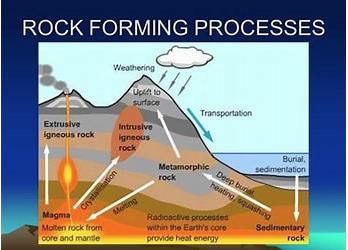
how atmospheric ozone is formed

and how environmental pollutants are degraded (ecology),
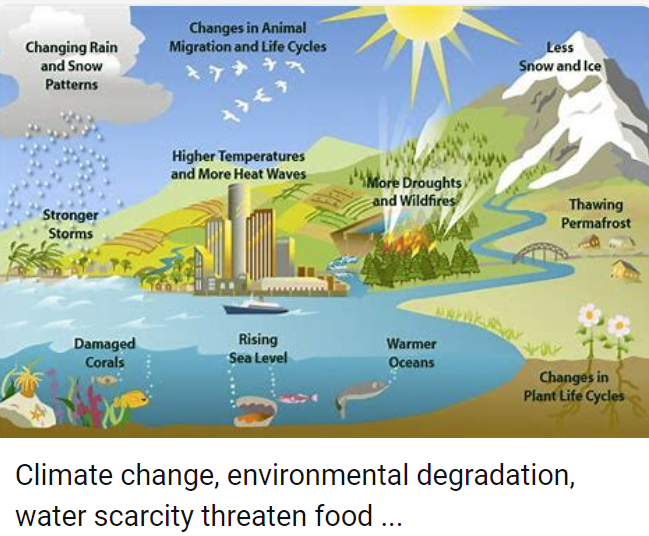
the properties of the soil on the moon (cosmochemistry),
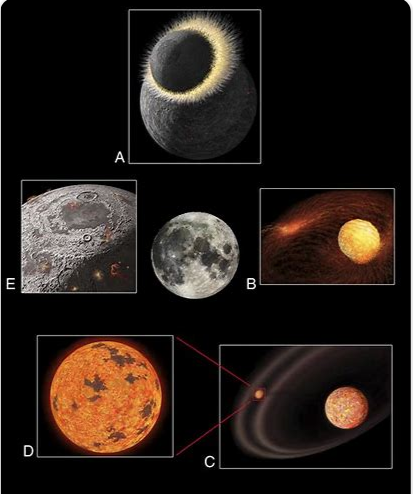
how medications work (pharmacology),

and how to collect DNA evidence at a crime scene (forensics).
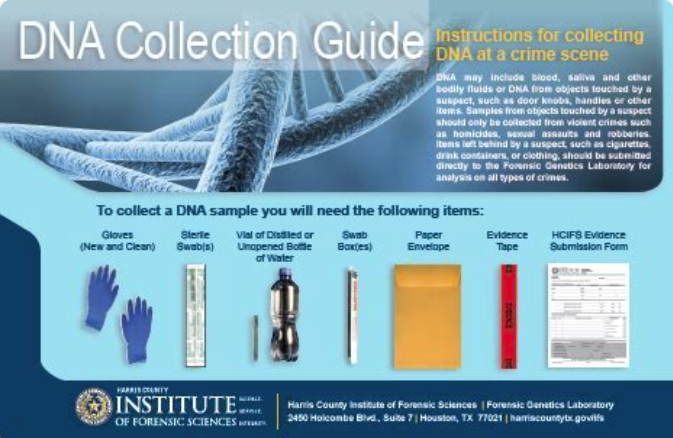
Chemistry addresses topics such as how atoms and molecules interact via chemical bonds to form new chemical compounds.
There are two types of chemical bonds:
1. primary chemical bonds
(a) covalent bonds, in which atoms share one or more electron(s);
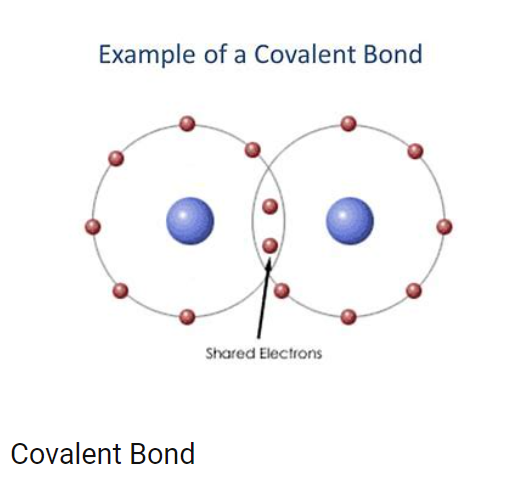
(b) ionic bonds, in which an atom donates one or more electrons to another atom to produce ions (cations and anions);
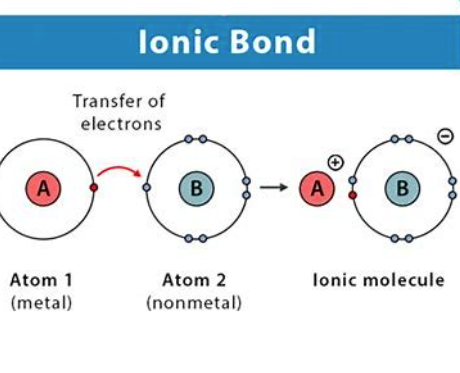
(c) metallic bonds.
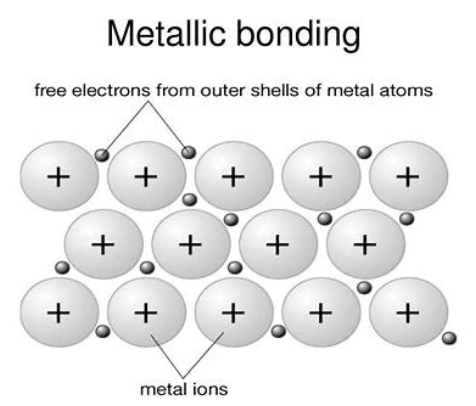
2. Secondary chemical bonds
(a) Hydrogen bonds;
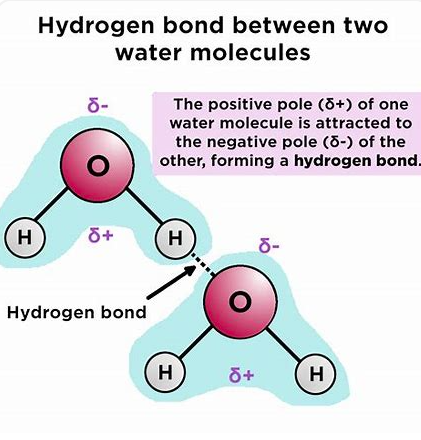
(b) Van der Waals force bonds,
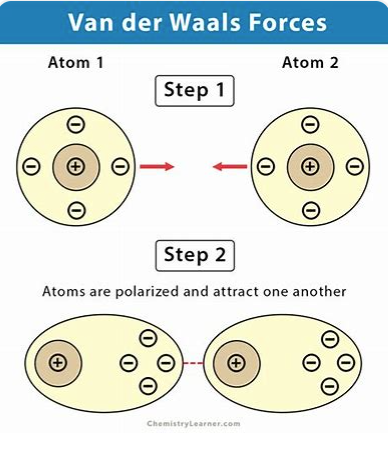
(c) Ion-ion interaction,
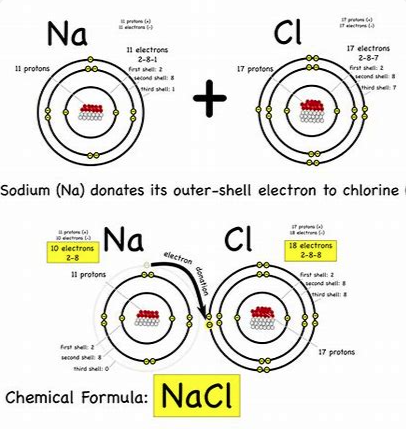
(d)Ion-dipole interaction etc.
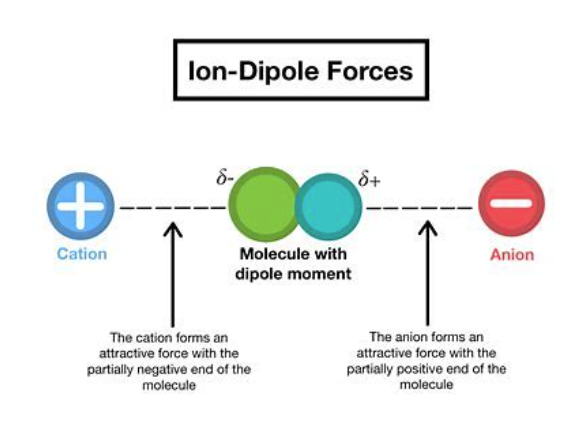



No comments:
Post a Comment